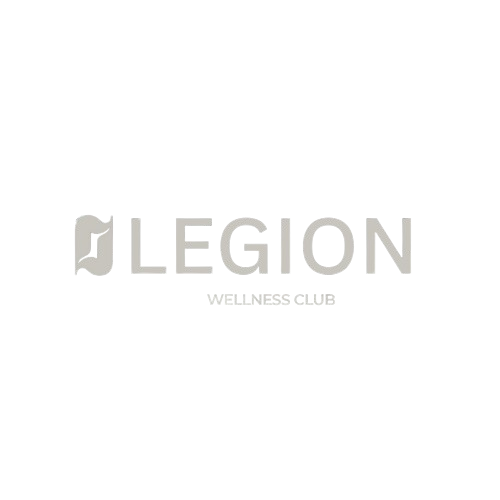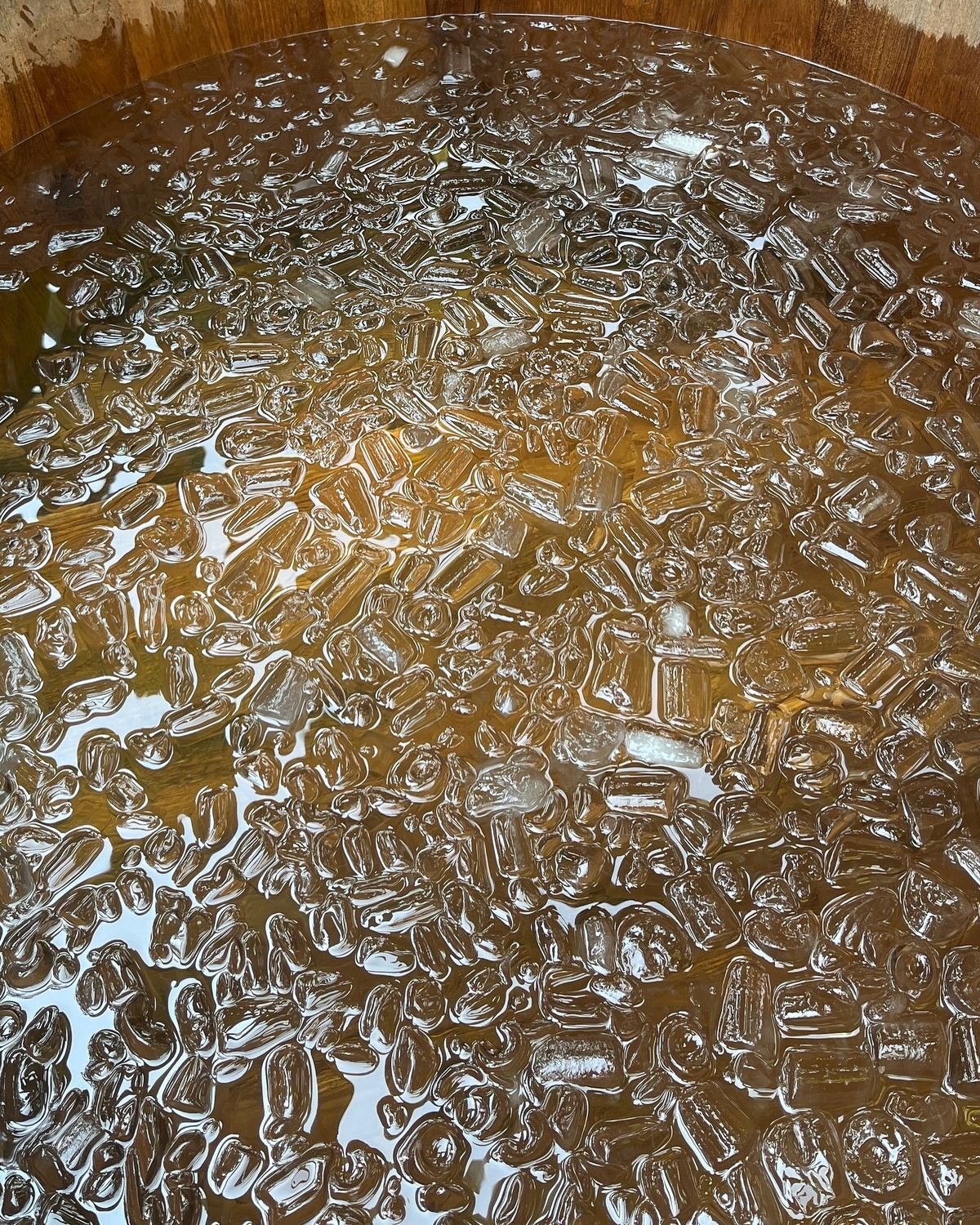Building a Legion of Wellness: How Community and Cold Exposure Transform Health with Cold Plunge Therapy
by Aryan Davani : founder of IcePass
The first breath is always the hardest. The shock of icy water rushes through the body as a small group steps into the plunge together. For a moment, there’s silence—then laughter, a shared exhale, and the sense of victory that follows. This isn’t just another trend in wellness. It’s cold plunge therapy — a practice that’s uniting communities and transforming the way people approach physical and mental health.
Once reserved for elite athletes and recovery clinics, cold plunge therapy is now a ritual for people from all walks of life. What began as an individual pursuit for resilience has evolved into a social experience that blends science, mindfulness, and human connection. In this article, we’ll explore how cold exposure impacts the body, why community participation matters, and how to safely integrate this practice into your wellness routine.
Learn how shared immersion in cold water can improve circulation, boost mood, and build collective strength — both physical and emotional.
If you’re curious about exploring this practice, you can find more about cold plunge therapy here.
What Is Cold Plunge Therapy?
At its simplest, cold plunge therapy is the act of immersing the body in cold water — typically between 50°F and 59°F (10°C–15°C) — for a short, controlled period. The session usually lasts one to five minutes and is often part of a wellness or recovery routine.
While it may look similar to an “ice bath,” cold plunge therapy is typically more structured and mindful. It’s distinct from cold showers or cryotherapy, offering a full-body immersion that engages the nervous system and stimulates circulation.
Common variations include:
Cold-water immersion (CWI): Traditional plunge sessions in tubs or natural water bodies.
Contrast therapy: Alternating between heat (such as a sauna) and cold exposure to balance circulation.
Guided cold plunge sessions: Group experiences led by facilitators for safety and focus.
According to the Cleveland Clinic, the key is moderation — starting warm and short, then progressing gradually to colder, longer sessions as the body adapts.
The Science Behind Cold Exposure
Cold exposure triggers a cascade of physiological and neurological responses that can support health when practiced correctly.
Physiological Mechanisms
When submerged in cold water, blood vessels constrict, forcing blood toward the body’s core. Once out of the water, vessels dilate again, improving circulation. This vascular workout enhances recovery and cardiovascular resilience.
Cold exposure also activates the body’s “fight or flight” response, releasing dopamine, norepinephrine, and endorphins. These neurotransmitters elevate mood, increase focus, and enhance alertness. Some studies suggest dopamine levels can spike up to 250% after immersion — a powerful natural boost that can last for hours.
Additionally, cold exposure stimulates brown adipose tissue (BAT), a type of fat that burns energy to produce heat, potentially improving metabolism.
Evidence of Benefits
Research has found that cold-water immersion can:
Reduce inflammation and muscle soreness.
Improve mood and quality of life.
Support sleep quality and stress reduction.
A recent PLOS ONE review covering over 3,000 participants found consistent wellness benefits with routine cold exposure. Athletes have long used it to reduce delayed-onset muscle soreness (DOMS) and accelerate recovery, but newer studies highlight its mental and emotional advantages as well.
Limitations and Conflicting Findings
Not all research agrees. Some studies show that cold immersion immediately after strength training can blunt muscle growth signals. Sample sizes are often small, and results vary widely depending on water temperature, duration, and participant fitness. As PubMed notes, cold therapy remains promising — but not yet fully understood.
Why Community Matters in Cold Plunge Wellness
While the physiological science is fascinating, the social science may be even more powerful. Practicing cold plunge therapy in a group creates a sense of belonging — what some call a “Legion of Wellness.” The shared challenge builds accountability, courage, and connection.
Community benefits include:
Safety: Having others nearby minimizes risks like cold shock or dizziness.
Consistency: Group sessions promote regular participation and structure.
Emotional support: Shared experiences reduce anxiety and increase motivation.
Collective mindset: A sense of ritual transforms the practice from a personal challenge to a shared journey.
Behavioral research shows that wellness habits are more sustainable when rooted in community. Whether meeting weekly at a lake or gathering at a wellness center, the group dynamic transforms cold exposure into a social ritual — one that’s easier to sustain and far more rewarding.
The Transformative Health Benefits — Physical, Mental, Social
Physical Benefits
Cold plunge therapy may:
Reduce inflammation and pain.
Improve cardiovascular performance through vascular training.
Support immune response and metabolism via brown fat activation.
In one analysis summarized by News-Medical, cold-water practices were linked to a 29% reduction in illness-related absences.
Mental & Emotional Benefits
Exposure to cold triggers hormonal responses that improve alertness and mood. Studies suggest reductions in anxiety, fatigue, and depression symptoms. The physiological “stress training” of cold immersion can make everyday stress feel more manageable, helping practitioners build emotional resilience.
Social & Community Benefits
Cold plunging together creates a bond built on trust and vulnerability. Each plunge becomes a shared story — an act of mutual encouragement and achievement. Over time, this connection can strengthen motivation and deepen overall wellness engagement.
For more scientific context, the Stanford Center on Longevity highlights these combined physical and mental effects as central to holistic health.
How to Safely Integrate Cold Plunge Therapy
Cold exposure carries real physiological stress, so safety and gradual progression are essential.
Key guidelines:
Check your health: Consult a doctor if you have cardiovascular, metabolic, or respiratory conditions (WebMD).
Start slow: Begin with 1–2 minutes at 55–59°F (13–15°C).
Acclimate gradually: Lower temperature and extend time as comfort increases.
Never go alone: Have a partner or group present for safety.
Warm up afterward: Use movement, warm clothes, or a sauna — avoid sudden heat exposure.
Avoid immediately post-workout: Cold immersion can interfere with muscle growth signals if done too soon after strength training.
Integrating breathwork, mindfulness, or sauna sessions enhances both safety and benefit. The goal is adaptation, not endurance.
Building Your Legion — A Community Blueprint
Creating a “Legion of Wellness” starts with shared intention. Whether among friends, gym members, or wellness seekers, structure and safety make the difference.
Blueprint for a successful community group:
Define your mission: Focus on health, connection, and accountability.
Establish roles: Facilitator, safety monitor, and new member guide.
Session flow: Orientation → Cold plunge → Group warm-up → Reflection or tea time.
Ritualize milestones: Celebrate progress — first plunge, longest session, consistency streak.
Stay connected: Use online chats or forums for updates and encouragement.
When people plunge together, they build more than resilience — they build community.
FAQ
What’s the difference between cold plunge therapy and an ice bath?
An ice bath typically uses very cold temperatures (below 50°F/10°C) for athletic recovery. Cold plunge therapy focuses on consistent, controlled immersion at moderate cold levels for wellness, mood, and stress management.
How often should you do a cold plunge?
Most practitioners benefit from 2–4 sessions per week, though even once a week can be helpful. Consistency matters more than intensity.
Is cold plunge therapy safe for everyone?
Those with heart disease, hypertension, or circulation issues should consult a healthcare professional. Supervision and gradual exposure reduce risk.
Does cold water immersion really improve mood and resilience?
Yes, multiple studies report increased dopamine, norepinephrine, and alertness after immersion, leading to improved mood and stress tolerance.
Should you plunge right after a workout?
If strength gain is your goal, wait several hours after lifting before plunging to avoid blunting muscle repair.
Conclusion
Cold plunge therapy offers more than a physical chill — it’s a ritual of resilience and connection. When practiced safely and consistently, it enhances cardiovascular strength, emotional stability, and social belonging.
The true magic happens not in isolation, but in community — where shared courage and laughter turn discomfort into growth. If you’ve ever considered stepping into the cold, find a trusted group, take a deep breath, and join a legion committed to wellness through collective strength.
Wellness, after all, isn’t just about endurance — it’s about belonging.

